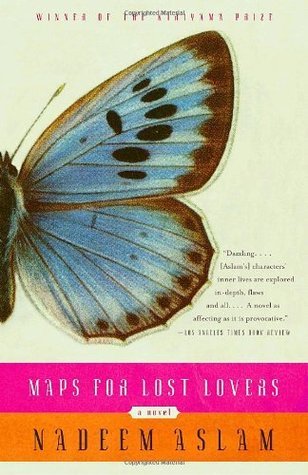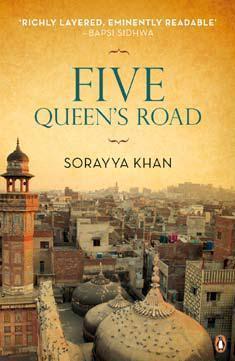
Broken Verses
Book Description
A city on the brink holds secrets that could shatter lives. Amidst the turmoil of political unrest and the haunting legacy of a disappeared poet, generations clash over truth and loyalty. A daughter’s search for her missing mother uncovers not just family bonds but a web of love, betrayal, and painful truths that threaten to destroy the very fabric of their world. As the past looms heavy, poetic verses serve as both a lifeline and a haunting reminder of what was lost. In a landscape rife with danger, what will one woman risk to find the truth of her heart?
Quick Book Summary
"Broken Verses" by Kamila Shamsie is a poignant literary novel set against the backdrop of political turmoil in Karachi, Pakistan. The narrative follows Aasmaani Inqalab, a television producer haunted by the disappearance of her activist mother, Samina, and her mother's lover, a celebrated poet known only as the Poet. Years after their mysterious vanishing, a coded letter surfaces, reigniting Aasmaani's quest for answers about her mother’s fate, the secrets of the past, and the true meaning of loyalty and love. As she delves deeper, Aasmaani confronts her own emotional scars, familial bonds, and the burdens of inherited grief. Through the interplay of personal trauma and the politics of resistance, Shamsie explores the enduring tension between art and activism, the complexities of maternal relationships, and the cost of confronting truths in a fractured society.
Summary of Key Ideas
Table of Contents
The Legacy of Disappearance and Grief
Aasmaani Inqalab’s life has been shaped by the unresolved disappearance of her mother Samina, a renowned women’s rights activist, and Samina’s soulmate, often referred to as the Poet. Both figures vanish from her life—one presumed dead, the other an enduring absence whose legacy looms large. As Aasmaani struggles into adulthood, she is haunted by unanswered questions and the belief that she may never truly know what happened to the influential women in her life. The resulting grief is not only personal, but symbolic of a larger national trauma, as stories of disappearance and silencing echo throughout Pakistan’s turbulent political history.
The Interplay of Politics, Art, and Activism
The novel weaves together the personal and political, using the backdrop of Karachi’s political unrest as a mirror for Aasmaani's internal dilemmas. The missing Poet, whose subversive verses made him a target for suppression, serves as a symbol for threatened artistic expression. Aasmaani’s mother’s activism and social defiance challenge patriarchal and state power. Through their stories, the book probes the dangers faced by those who speak out, and the way art and activism can both inspire and demand sacrifice. The poetry and code the Poet leaves behind become a lifeline, keeping hope and love alive even as they draw Aasmaani deeper into the risks posed by truth-seeking.
Mother-Daughter Relationships and Emotional Inheritance
Central to the story is the relationship between mothers and daughters, both in proximity and absence. Aasmaani is left with an incomplete picture of her mother, struggling between admiration, resentment, and longing. She is forced to reassess her identity—a process complicated by Samina’s absence, her own pain, and the indirect inheritance of her mother’s ideals. Emotional and psychological wounds run deep, shaping not only how Aasmaani relates to others, especially to those who love her, but also how she sees herself as a woman in a society that demands conformity and silence.
Seeking Truth Amidst Uncertainty and Danger
The discovery of a mysterious letter in the Poet’s signature coded style sets Aasmaani on a fraught journey for answers. The search forces her to question loyalties and motives—both her own and those of the people around her. As she uncovers secrets and navigates a dangerous web of political and personal intrigue, Aasmaani must decide what she is willing to lose or risk in order to achieve closure and truth. The revelation of long-buried secrets comes at a heavy price, but also offers the possibility of reconciliation, forgiveness, and even hope for new beginnings.
Language, Poetry, and the Power of Storytelling
Throughout, “Broken Verses” celebrates the haunting beauty and power of language. The novel is interspersed with cryptic verses and literary references, reflecting characters’ efforts to communicate across gulfs of time and silence. In the end, poetry is both a source of pain and a means of survival—a testament to the resilience of art in the face of loss, and to the possibility of finding meaning amidst chaos and uncertainty.
Download This Summary
Get a free PDF of this summary instantly — no email required.





